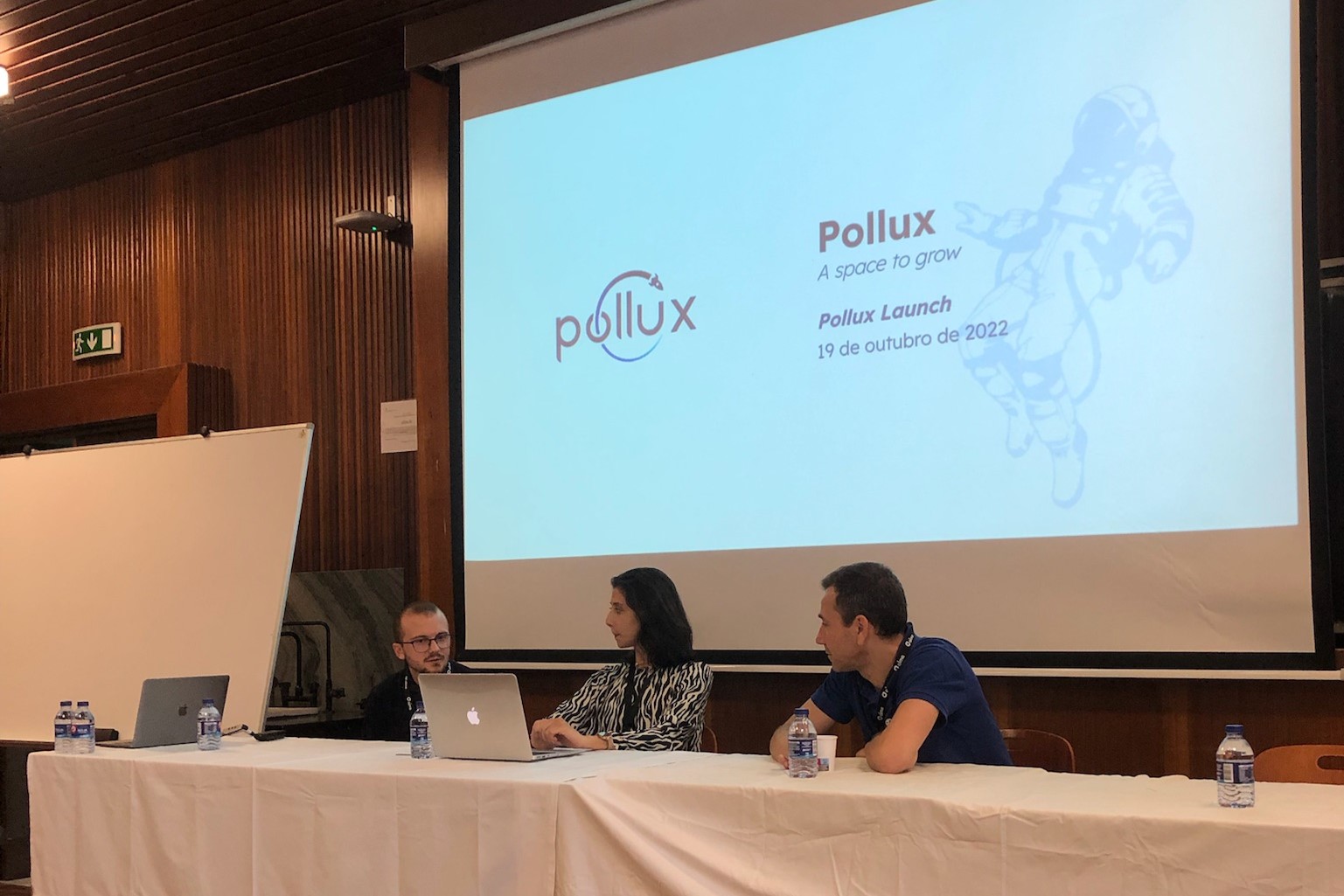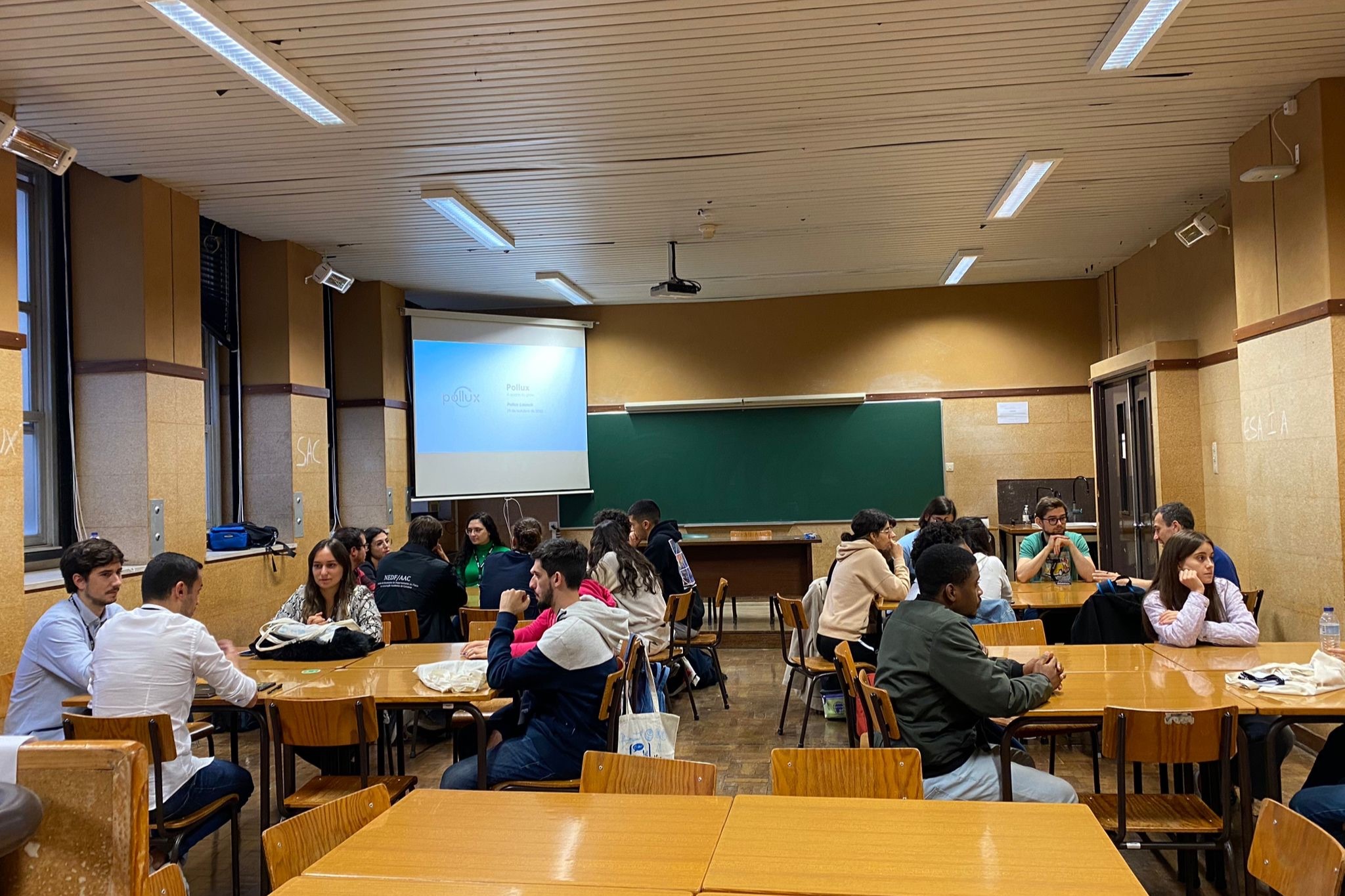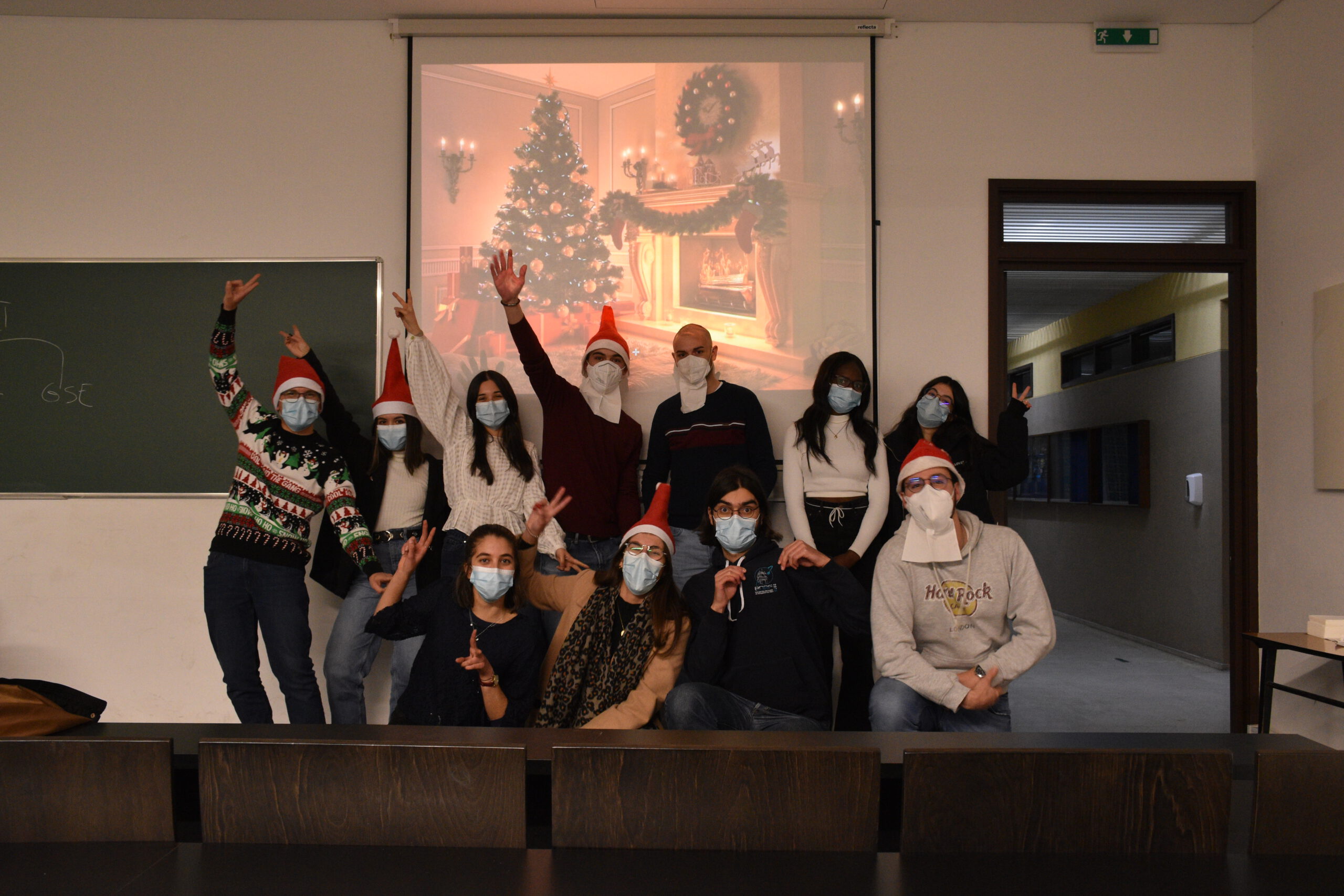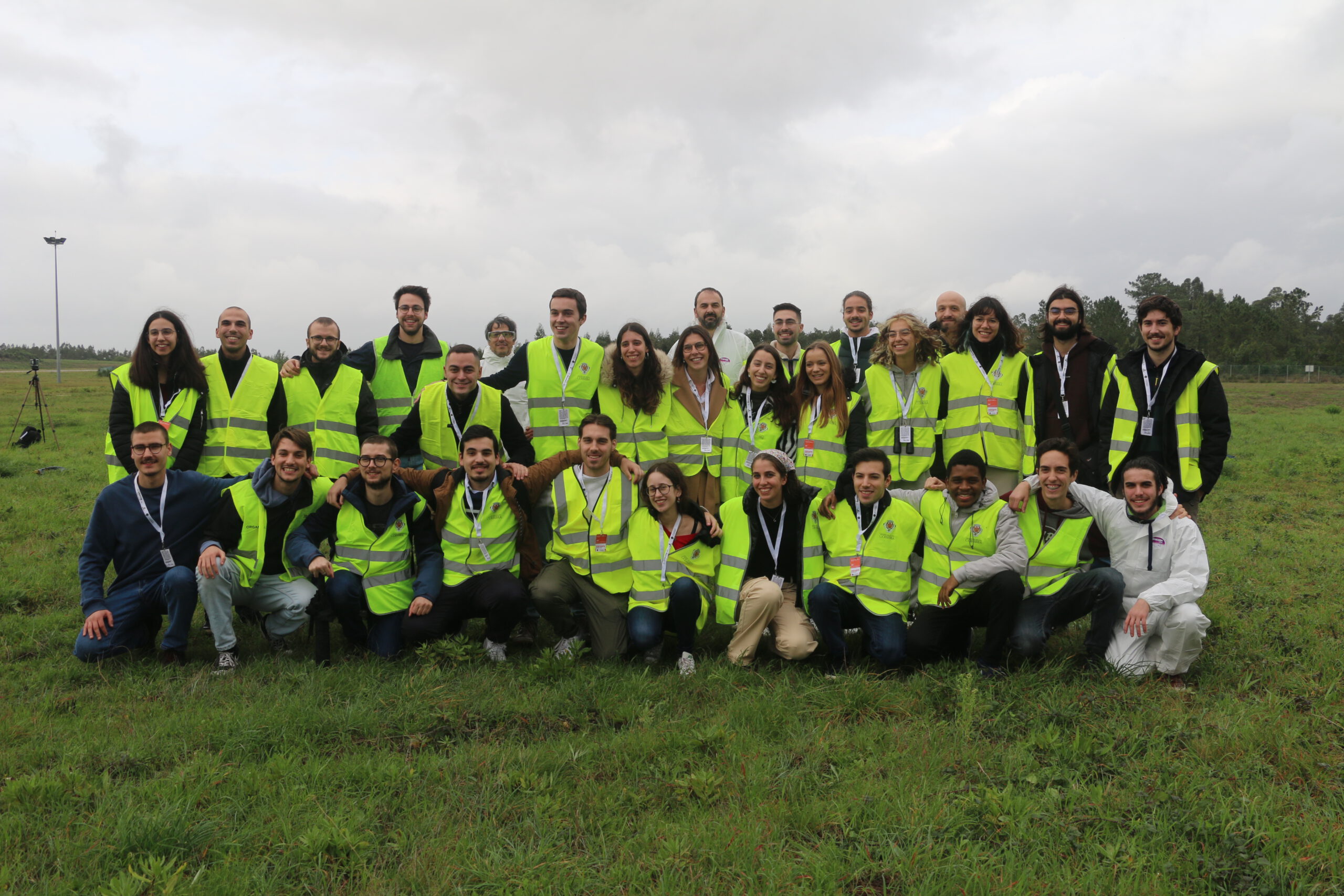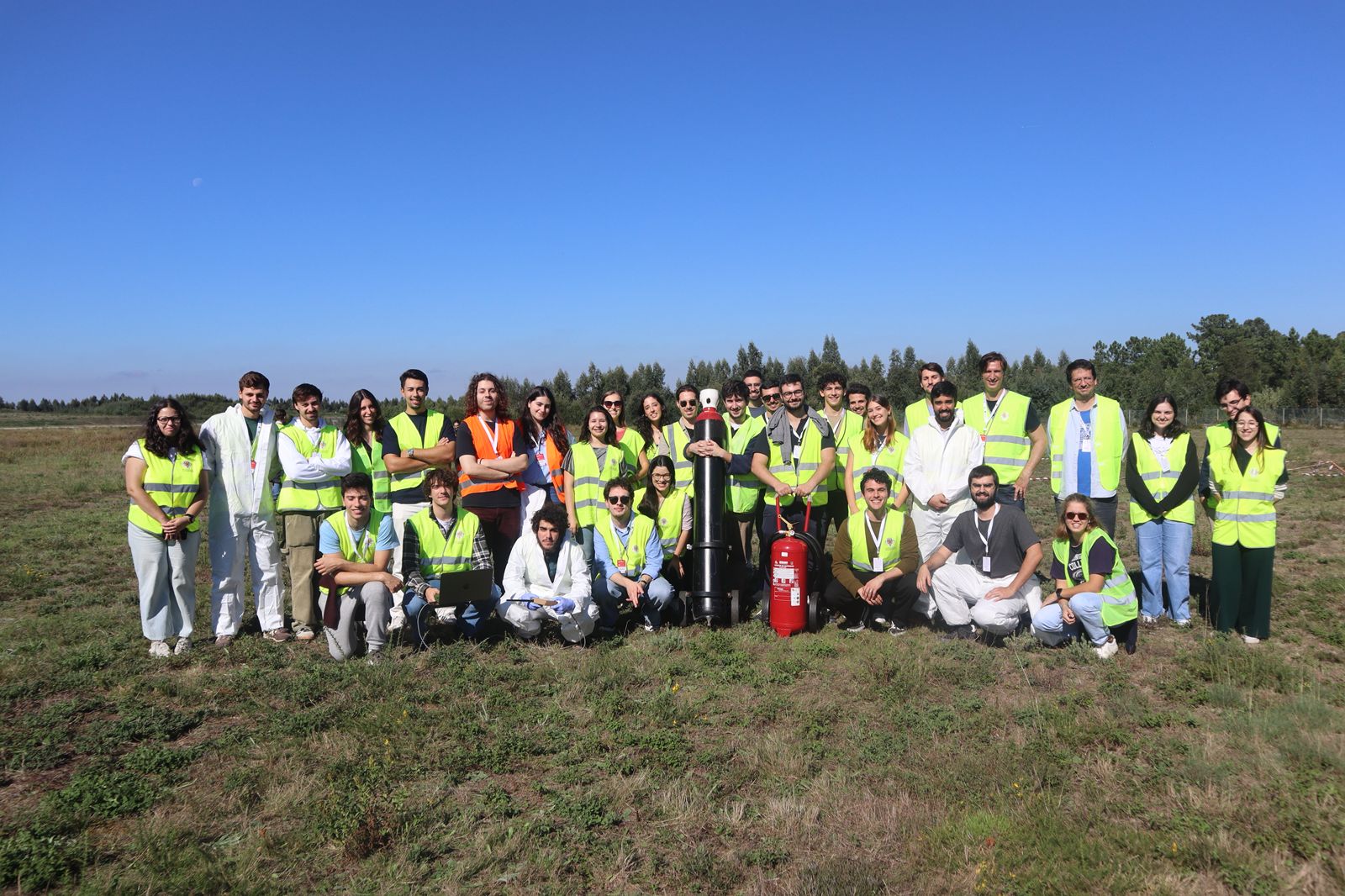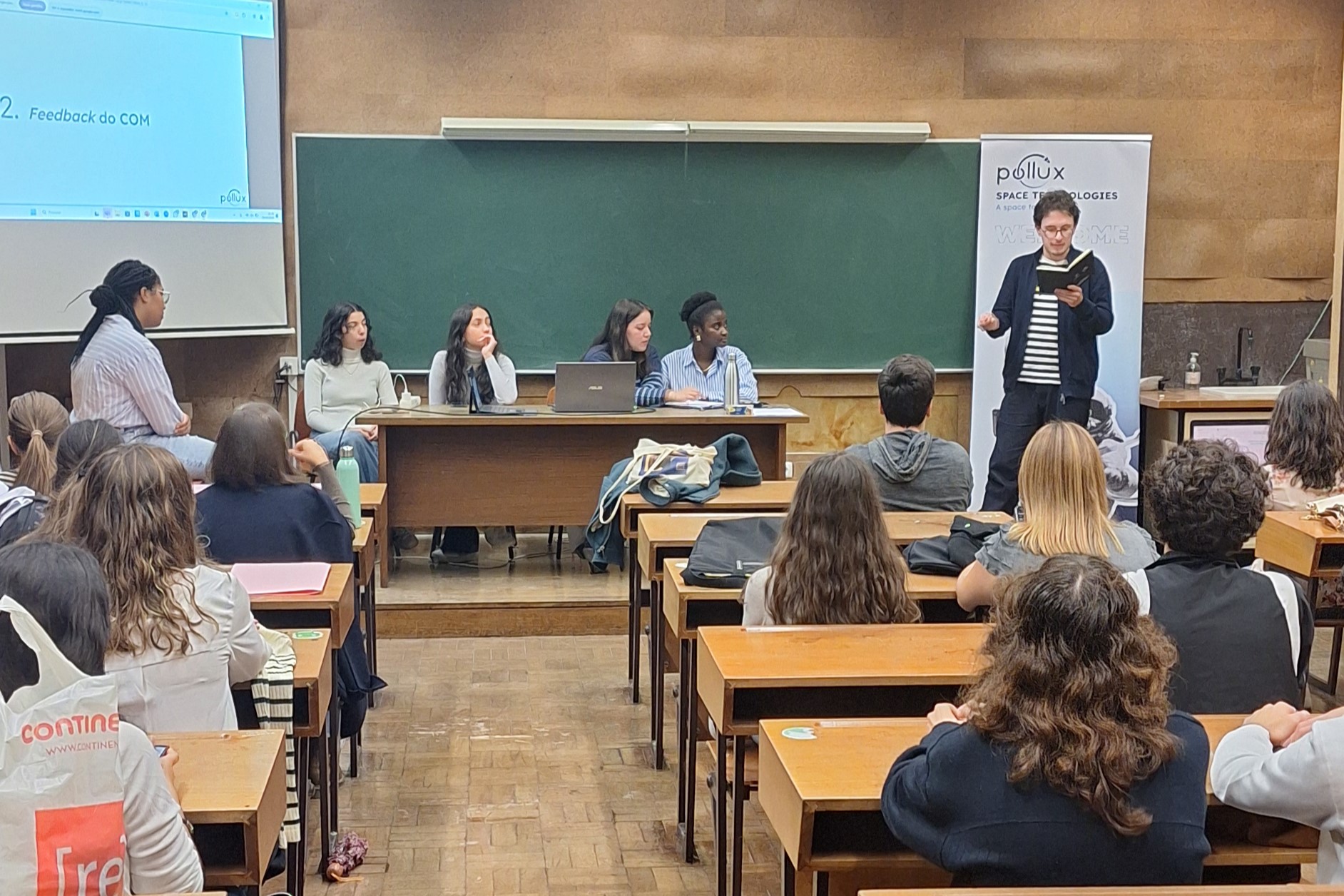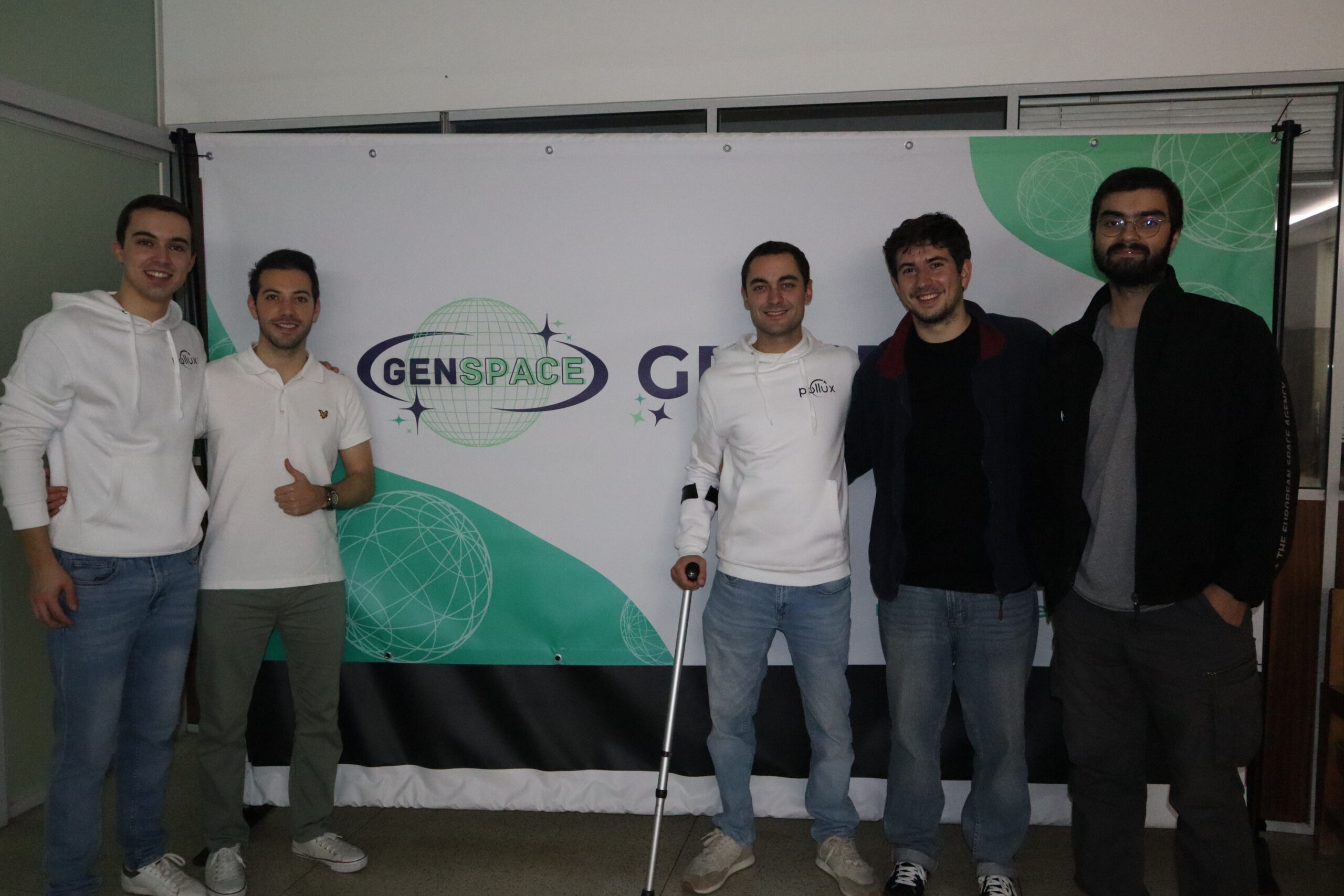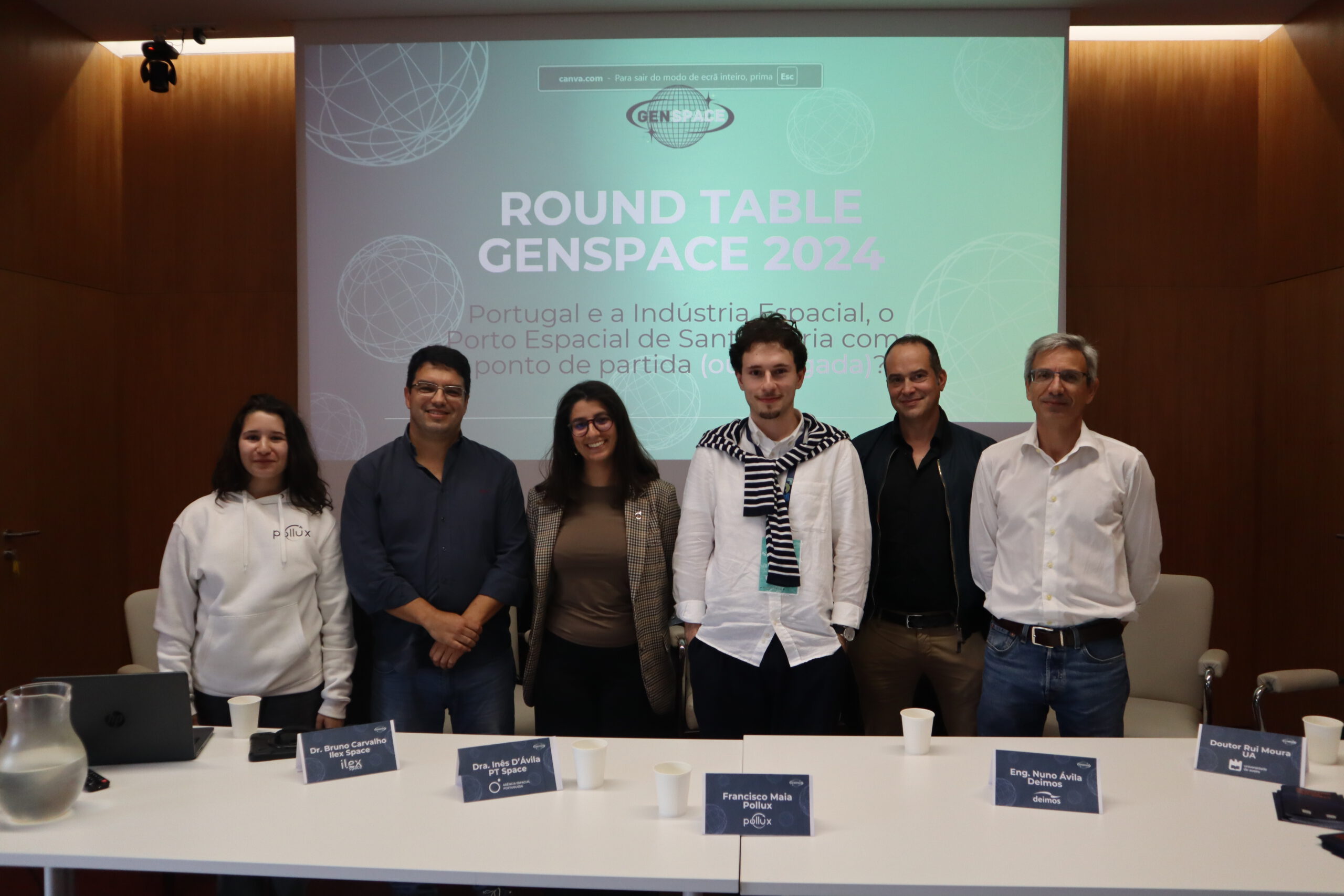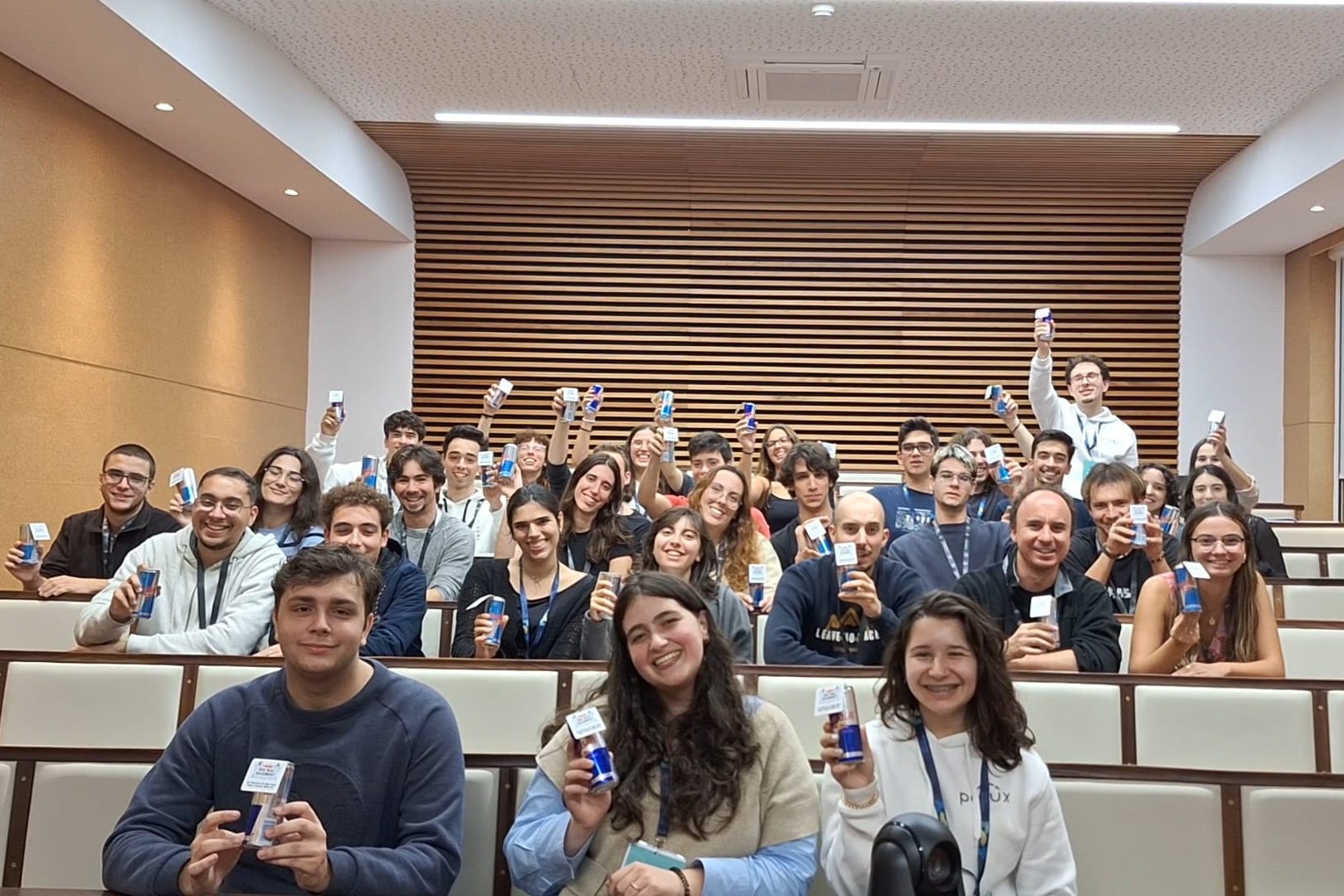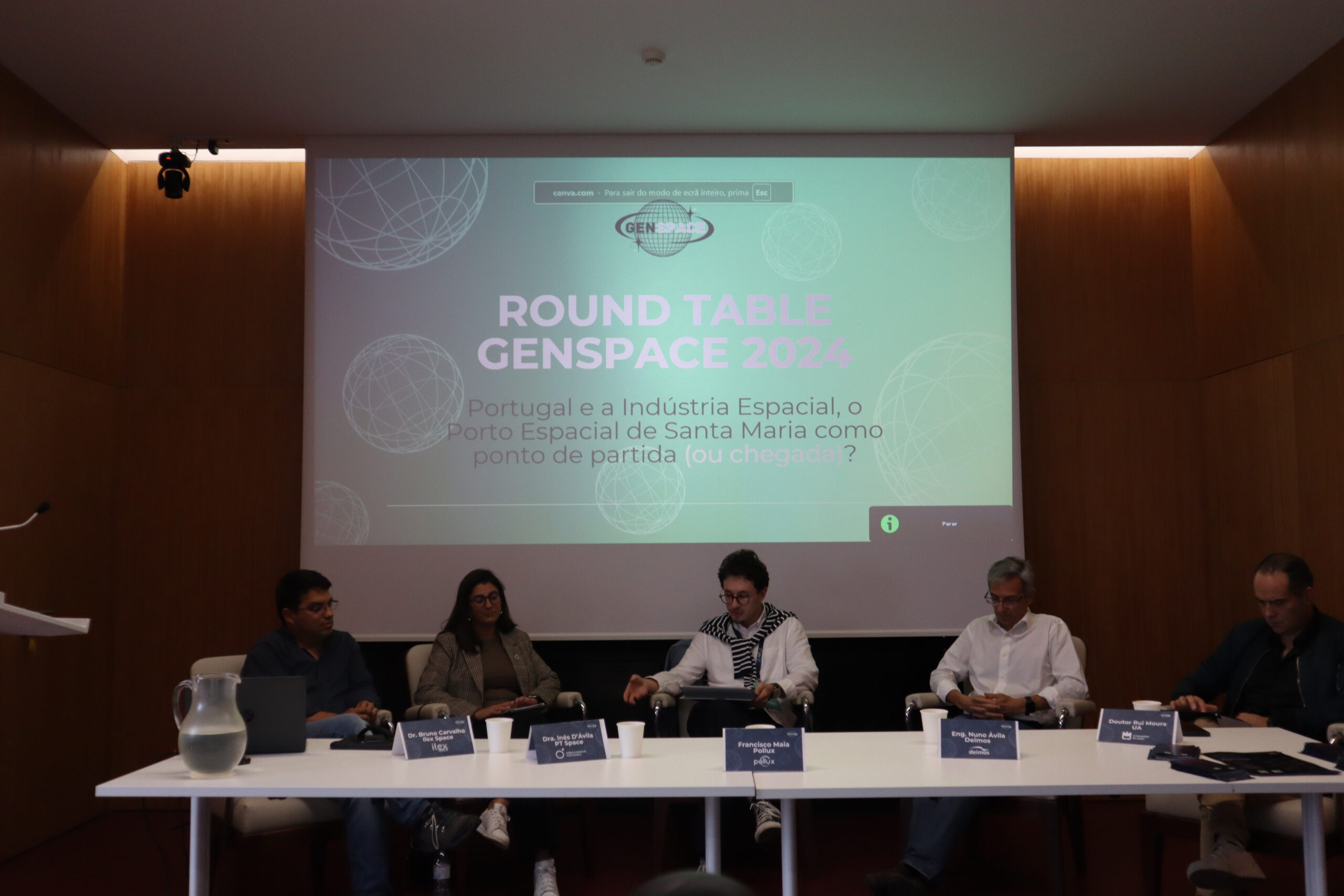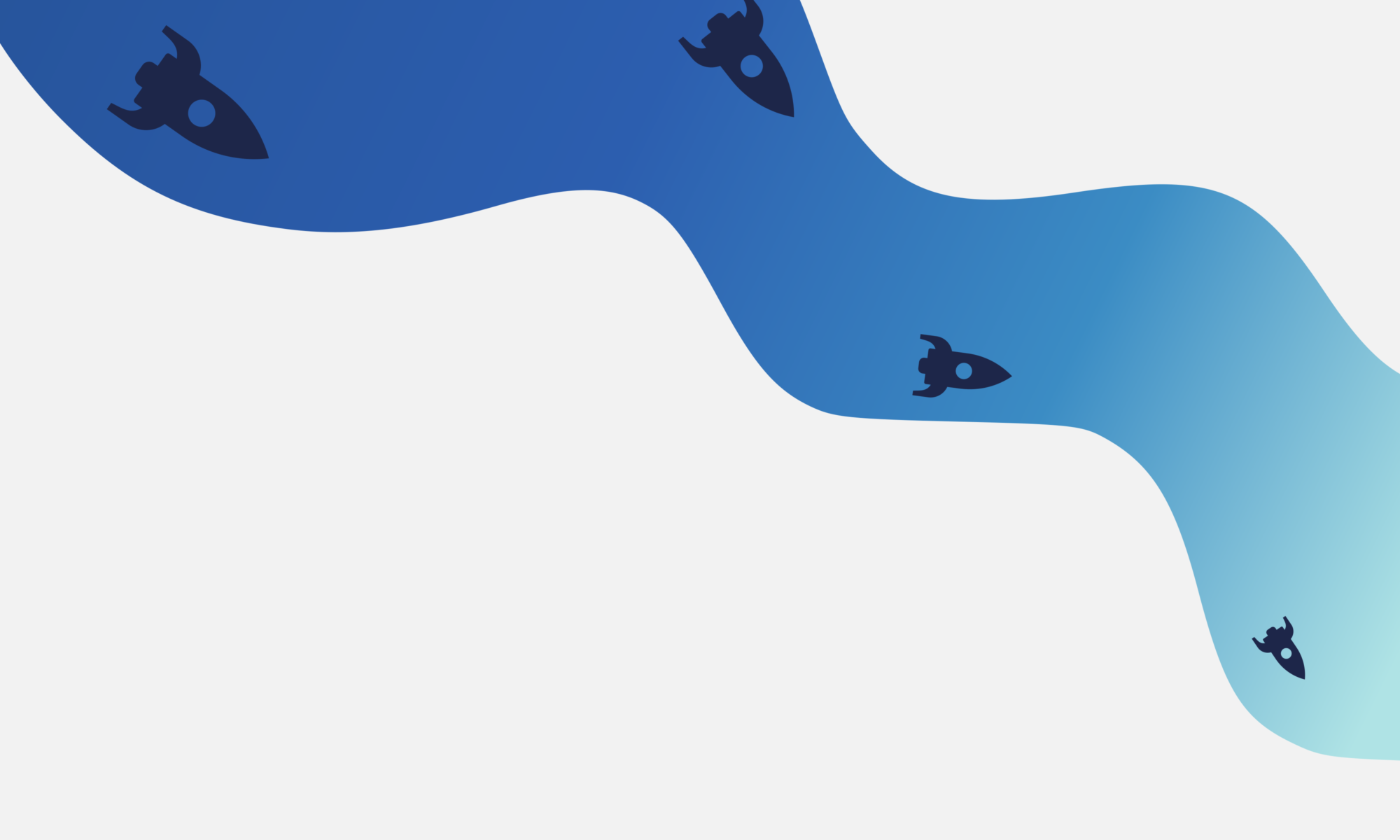Pollux was founded in 2021, by a group of students that wanted to take steps forward in the space sector during their academic journey. Pollux is an initiative that simplifies and supports the relationship between the space industry and students. This junior initiative aims to be a national reference by creating a community where raising new opportunities, improving personal knowledge and working with a lot of entities is possible. Through our services we pretend to prepare our members for their professional career, while putting their effort and applying skills in Pollux’s projects.
On October 19th, we held the Pollux Launch, the launch party of Junior Initiative (JI), marking the official start of our activities. Shortly after, on December 21st, we took a significant step with the launch of Thestias, our first space project. It consisted of a stratospheric balloon equipped with various sensors, designed to measure changes in temperature and atmospheric pressure. This inaugural experience served as a starting point for future projects, paving the way for new explorations and learnings.
After the launch of Thestias, we developed a scientific paper based on the data collected and the results obtained from the project. This work was subsequently presented at the International Astronautical Congress, held in Baku, Azerbaijan, from October 2nd to 6th. Participating in this international congress provided a unique opportunity to share our contribution with the global scientific community and to strengthen the position of our Junior Initiative in the aerospace sector.
At the beginning of the year, on March 9th, we had the opportunity to host the Growth Bootcamp in Coimbra, an event promoted by JE Portugal, aimed at providing training and networking opportunities to Junior Initiatives that are part of the Portuguese Junior Movement.
On April 27th and 28th, we organized Space Swift, the first space-themed hackathon at the University of Coimbra. Over two intensive days, participants faced the challenge of designing a space base, combining creativity, technical knowledge, and teamwork.
Later, on October 17th and 18th, we held the inaugural edition of GenSpace, an event entirely dedicated to space in the Coimbra region. Throughout two days, we explored disruptive technologies in the space sector, fostering discussion and the exchange of ideas among students, researchers, and professionals in the field.
On October 22nd, we once again pushed the limits of the stratosphere with the launch of Geminus, our second stratospheric balloon. This time, the main objective was to test a component developed by a partner company, strengthening the connection between the academic community and industry within the context of aerospace innovation.
